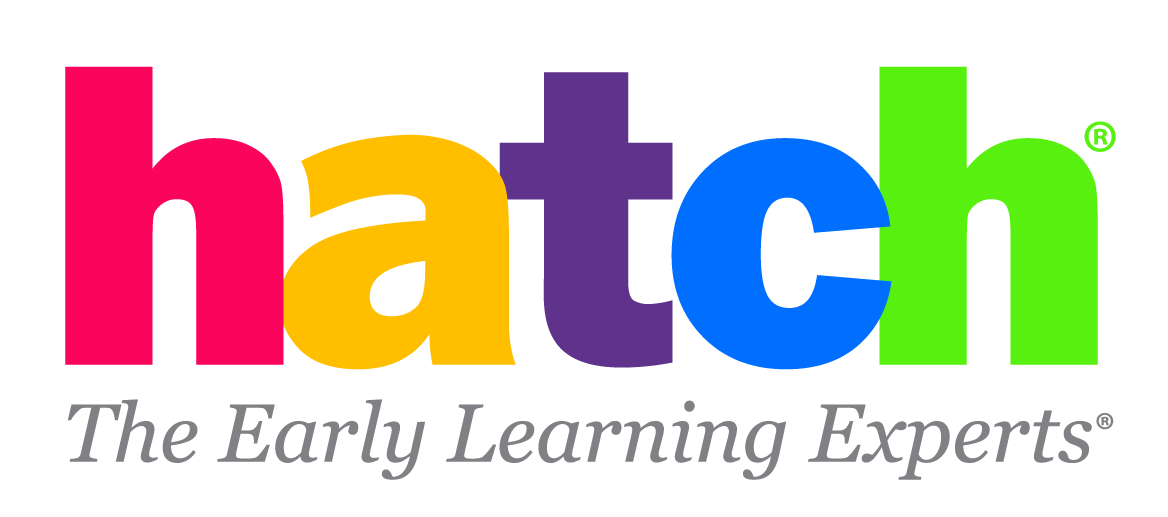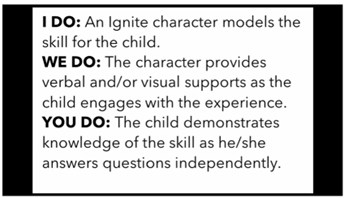“Relevant learning outcomes must be well defined in cognitive and non-cognitive domains, and continually assessed as an integral part of the teaching and learning process. Quality education includes the development of those skills, values, attitudes, and knowledge that enable citizens to lead healthy and fulfilled lives, make informed decisions, and respond to local and global challenges.” – Incheon Declaration for Education, 2016
Ignite by Hatch™ decided to truly take this into account. Many EdTech products take a narrowed focus on one or a few content areas but lack coverage more broadly. This means families and educators often have to find several different products to meet the needs of their children and might get overwhelmed with the number of products required to truly support a kindergarten ready 5-year-old. Learning in the home can be even more powerful when it is connected to what is happening in the classroom. Hatch created Ignite with that connection in mind.
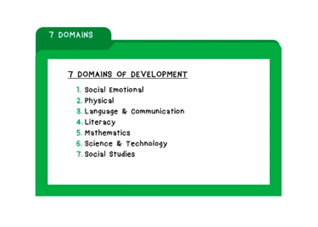 s learning opportunities at school and at home for seven areas of learning: Science, Math, Language & Communication, Literacy, Social Studies, Physical Development, and Social-Emotional Learning. Notably, the system provides data to the teacher that
s learning opportunities at school and at home for seven areas of learning: Science, Math, Language & Communication, Literacy, Social Studies, Physical Development, and Social-Emotional Learning. Notably, the system provides data to the teacher that
Guided Practice
One key design element of Ignite is the structure of how instruction and support are provided to children. Rather than simply a practice program, Ignite introduces skills and provides guided practice for children who are unable to demonstrate their understanding of a skill after the first two tries. This additional support includes explicit instruction that is different from the initial explanations and allows for more opportunities for children to respond to questions with immediate feedback, which are all research-based principles of instruction (Rosenshine, 2012). This guided practice component of Ignite follows the gradual release of responsibility model. Rather than listening to instructions, then independently completing a task, a child is guided by the product. First, the characters model the skill for the child. Then the character offers specific support as the child engages. Lastly, the child demonstrates their knowledge in the same environment. Once children experience Guided Practice for the second time, a three-day pause is implemented to allow time for the teacher to intervene and provide additional instruction.
Distributed Practice
Children work on more than one domain at a time and may have frequent short sessions throughout a week. This spacing naturally enables distributed practice throughout the week and month. Research shows that when information is presented to students in a spaced sequence, they have greater recall because the space allowed time for children to forget, then recall the information, deepening learning (Vlach, Sandhofer, & Kornell, 2008). Teachers can extend and build on what the program offers by providing responsive intervention in between practice sessions and conducting reviews a week or two after skills are completed online. Importantly, the teacher’s extension and application of the skills to classroom contexts supports generalizing online learning to real-world context (American Psychological Association, 2015).Children's Choice
A favorite time during the preschool day is free play or choice time! When learners can choose what they work on, it increases their intrinsic motivation for learning. At the same time, though, too many choices can be overwhelming. Research on choice has shown that when preschool children are offered fewer playing choices, they engage with their choice for a more extended period of time than when they are offered more choices (Maimaran, 2017). The results of this study indicate that children play a game or look at a book for a more extended period of time when they are presented with fewer choices, compared to when they are offered more choices. In Ignite, every time a child starts their session, they have the opportunity to choose! To limit choices and ensure children continue on their pathway to growth, Ignite offers children two game play options each time they start, represented as two doors and seen in the photo below.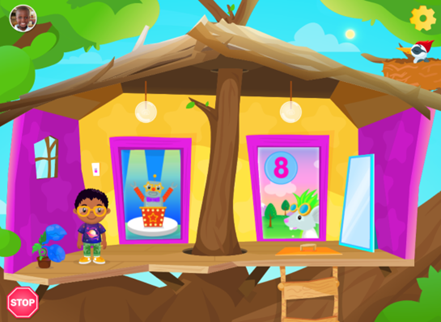
Flexible & Connected Implementation
Children’s kindergarten readiness is highly impacted by the home learning environment, which is why Ignite offers each child access to their learning pathways from any location. The Ignite experience allows children to learn at school or at home, allowing continuity of access to individualized learning. Research on instruction using technology has shown that technology-assisted instruction can enhance long-term retention of information, especially when platforms were able to be used on-the-move rather than restricted to the classroom (Hao et al., 2021).
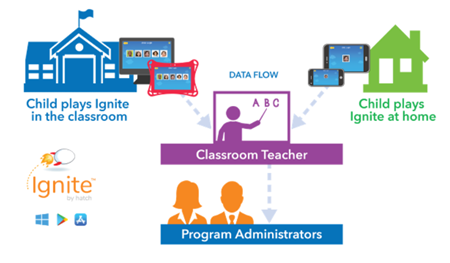
Learning products are created to make educators’ lives easier by providing children with digital learning experiences that focus on whole-child development, supplying educators with objective data, and supporting each child and their individual learning goals. This is all with the hopeful goal of increasing preschooler’s opportunity to be ready for kindergarten.
References
American Psychological Association, Coalition for Psychology in Schools and Education. (2015). Top 20 principles from psychology for preK-12 teaching and learning. Retrieved from http://www.apa.org/ed/schools/cpse/top-twenty-principles.pdf
Hao, T., Wang, Z., & Ardasheva, Y. (2021). Technology-assisted vocabulary learning for EFL learners: A meta-analysis. Journal of Research on Educational Effectiveness, 14(3), 645-667. https://www.tandfonline.com/doi/abs/10.1080/19345747.2021.1917028
Maimaran, M. (2017). To increase engagement, offer less: The effect of assortment size on children's engagement. Judgment & Decision Making, 12(3). https://journal.sjdm.org/17/17227/jdm17227.pdf
Rosenshine, B. (2012). Principles of instruction: Research-based strategies that all teachers should know. American Educator, 36(1), 12.
Vlach, H. A., Sandhofer, C. M., & Kornell, N. (2008). The spacing effect in children’s memory and category induction. Cognition, 109(1), 163-167. doi:10.1016/j.cognition.2008.07.013

